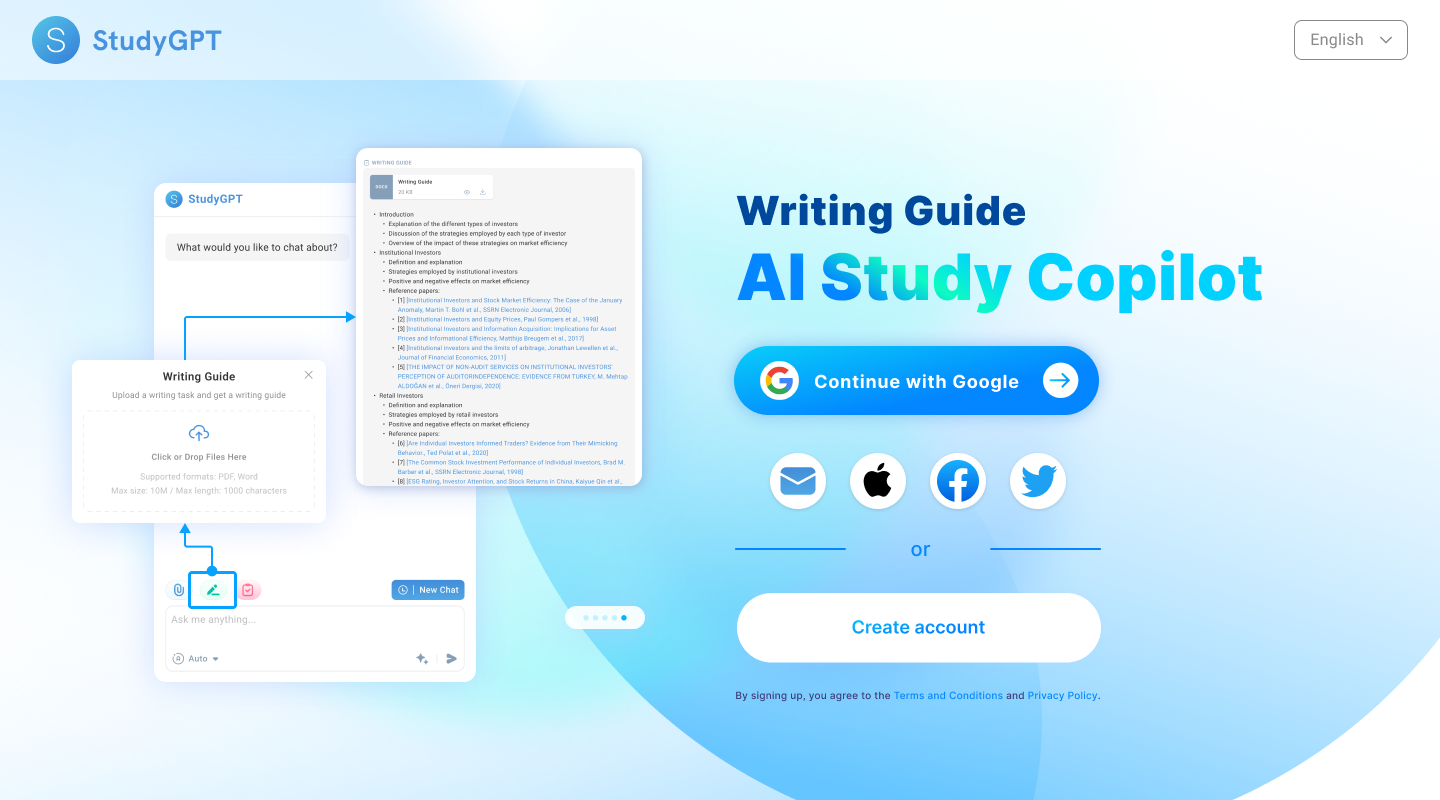In the tech universe, the growth of artificial intelligence (AI) is walking along the path of a never-tiring student who is always learning and improving. Just like conscientious scholars, AI systems have been broadening their knowledge bases, refining their skills, and improving their ability to solve problems at a speed that rarely ceases the brightest minds among men with awe.

The Learning Curve: From Basics to Mastery
The transition of AI technology from its inception to the current time can be compared to the growth of a child who first goes to elementary school and then moves on to take college courses. The weak points of the initial AI systems sometimes were fluently one performer, which was restricted to carrying out elementary rule-based activities. Early models stood the same ground as the way kids got the alphabet: they were basic elements, but their use and scale were limited.
The realization of AI as being able to solve more complex problems started when machine learning technologies became more powerful like a middle school student learning basic mathematics. Deep learning algorithms and neural networks represented the most important development in AI's cognitive abilities. These technological breakthroughs elevated AI's capability to predict and correlate inferences by identifying the hidden patterns in big data.
The debut of state-of-the-art AI like GPT-4, the ones showing off skills in language generation and understanding, takes us to senior high school and the university level. These tools are so advanced that they can draw up an entire essay, draft the whole legal forms, and sometimes write agentletter the one tokening a student's variety of capabilities.
Continuous Improvement: StudyGPT's Role of Feedback and Data
It can be seen that, in the same way, students, when they are given an evaluation of their work and some constant feedback, develop their skills, in the same way, our AI systems also need, at the very least, a lot of data and many tries at training. The AI which is cultivated on labeled data using the technique of guidance learning can be compared to a student being assisted by one-on-one teaching and doing practice exercises. On the other hand, gradual learning by exposure to activities is actually more akin to reinforcement learning, which shows the object of artificial intelligence learning by trying out different actions and gradually changing the behavior through rewards and penalties.
Artificial intelligence does not fully outstrip humans in handling and absorbing mounds of data; it outperforms one in better and faster learning through data. AI can detect even the most minute changes or patterns that the human eye could possibly miss due to the sustainability of the information: this makes the AI faster than the human mind in catching insights and knowledge. For instance, through information on genetics, AI has progressed medical research, and this has led to medicines that are personalized among other advancements.
Specialization and Expertise
Just like students getting older and specializing in the fields of their choice, so too the experts are they. "Humans would re-create ourselves from time to time, but if we talk to the right people, we will figure it out," thus AI has spread into more specialized areas, the major fields being unmanned systems, computer vision, and natural language processing technology (e.g. simulated dialogue). AI has launched a diagnostic system in the medical field that can identify the picture by itself, but the accuracy rate is still close to 80% which is very effective, besides the fact that, like the radiographer, the AI system can even do better in a few cases. Through Algo Trading procedures are being applied to the industry; people are getting to invest and forecast massive money on it with exactness.
When learning various ways, in which artificial intelligence is significantly improved, the integration of many AI learning modalities is a major driving force. AI technology is getting more and more sophisticated in doing such tasks as customer service chatbots, which are conversational and human-like, and personal assistants which efficiently handle calendars and tasks, by mingling reinforcement learning and natural language processing.

Ethical Considerations: The Need for Responsible AI
The effect of AI on human life due to its rapidly changing technology and increasing AI capabilities is the main issue that enables ethical concerns to be discussed. In addition, to communicating moral values and ethical considerations to children in the classroom, as it is with these two sectors, policymakers alike are obliged to uphold the principles of ethics and human rights within the computer software that they make, manage, and enable to do its respective job carefully.
The presented tasks may involve numerous ways of action, including combating discrimination in AI algorithms, data privacy, and the problem of job loss.
Ensuring fair algorithms, meticulously checking for bias, and having rules that ensure privacy are among the things done as an outcome of this. The moral use of society for AI will be achieved if engineers, ethicists, and legislators find a common ground for cooperation despite their diverse specializations.
The Future: Lifelong Learning for StudyGPT
Like now, the parallel between AI-e.g. 'StudyGPT' system and a successful student today is now projected to continue for the near future, which is information overflow resulting from the exponential growth these technologies can assimilate. As a result, the period of technological scenarios occurring in a shorter very brief time is no longer transitional and is now organic. These techniques among which AI is paramount are advancing because of methods such as federated learning which gets data from different sources and trains the models, and transfer learning which puts knowledge from one domain into another.
To conclude, the evolution route of StudyGPT looks like the path of an outstanding student—it keeps on continually advancing, alternates, and ameliorates. Business enterprises, at a stroke, stand not only to improve their business models but to get to the core of the problem of poor access to quality education in the developing world or other international conflicts and to even improve our daily lives through the so-called smarter machines. Nevertheless, associated with this gift is the responsibility to safeguard AI ethics to ensure that the field is a meritocracy that benefits everyone on Earth. Similarly, human intelligence, like an eager student, is constantly learning, developing, and creating fantastic systems that will facilitate human beings in their transformation and better the world in the future.
Improved Algorithms and Model Construction
The changes in the structures of the algorithms of the AI software such as StudyGPT and in its modeling are the backbone and catalyst of StudyGPT's continuous progress. These algorithms are constantly being improved and modified by researchers and developers in order to make AI more and more efficient and successful. This includes:
• Optimization Methods:
Along with the application of the most advanced methods of optimization, the model's coefficients are automatically tuned and this directs it toward better results and higher precision.
• Model Architectures:
Exploring elaborate models that are at the forefront and hence can make the AI put its knowledge of tongue-twisting sentences to good use, such as transformer-based models.
• Scalability:
The model is getting more powerful and is able to handle larger and more difficult jobs and more data without sacrificing its speed.

Through the innovations of StudyGPT, we can observe how artificial intelligence (AI) technology is dynamic and ever-changing. StudyGPT is exhibiting into a more powerful and reliable instructional tool through the consistent improvement of algorithms, enlargement of data sets, including user feedback, the natural language process, the integration of educational resources, and a wild love for continuous learning. These advancements assure that StudyGPT will always take the leading position in artificial intelligence in education. This will help students a lot in their academic success and also in their future studies.